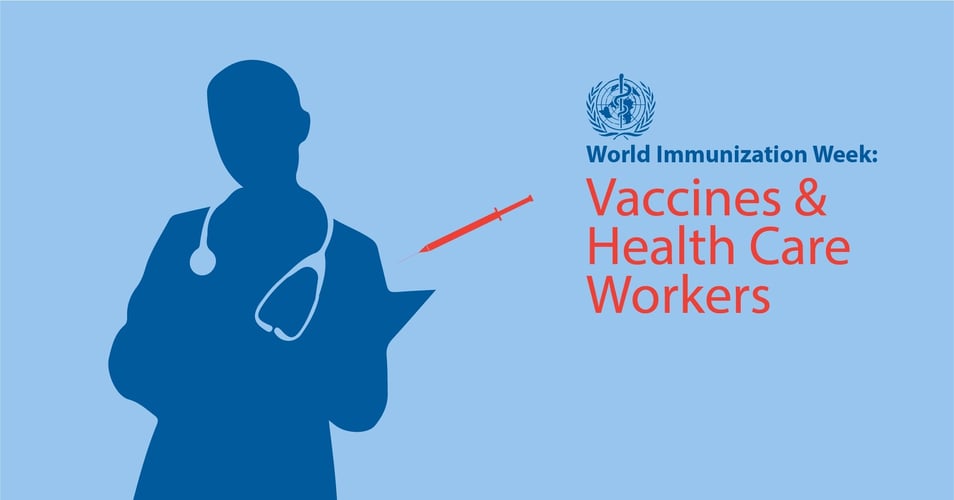Post-COVID: What Changes Do We Keep?

 In our last post, we covered what aspects of daily life, especially in the medical field, we are eager to get back to normal, pre-pandemic life. These are the practices and protocols that we had to put on hold, adapt, or stop during the height of COVID-19 cases and transmission. In today's post, we'll look at some of the changes we made that we should keep doing, those things that we learned to integrate into our daily lives that have benefits beyond a global pandemic. Here are some of those things that should become our new "normal."
In our last post, we covered what aspects of daily life, especially in the medical field, we are eager to get back to normal, pre-pandemic life. These are the practices and protocols that we had to put on hold, adapt, or stop during the height of COVID-19 cases and transmission. In today's post, we'll look at some of the changes we made that we should keep doing, those things that we learned to integrate into our daily lives that have benefits beyond a global pandemic. Here are some of those things that should become our new "normal."
All of us who work in the field of infection control and prevention can get behind one habit it seems many more people have now picked up on: Hand hygiene! If the early sales of hand sanitizer are any indication, people across the country were eager to take up the frequent hand hygiene practices employed by healthcare staff - recognizing its major benefits. This is one habit we should all aim to continue, since many illnesses (including the annual flu) can be transmitted through touch. If we all stick with frequent hand sanitizing, we will all be healthier. We can add sensible social distancing to this topic as well; we hope during the next flu season that folks remember that a little bit of distance (and even a mask) can help minimize the spread of disease.
Another aspect of daily life that healthcare workers can appreciate is the nation's growing awareness of public health issues. The impact of healthcare access and inequalities made news over the past year, bringing into the national consciousness that not everyone has the same quality of care or the same health outcomes. If we keep this awareness at top of mind, we can begin to make the changes that will enable more of us to get preventative health care before the next crisis arrives.
And speaking of healthcare access, the ability to receive virtual or telehealth appointments should also be maintained post-COVID. While in-person medical visits are vital, for many, scheduling a virtual appointment meant better healthcare, since it allowed for more flexible scheduling, enabled patients to get treatment from experts that were too far away to visit in person, or even for folks without reliable transportation to get the consultation they needed. COVID response included intense scaling-up of technology infrastructure, setting the state for continued use post-COVID. Also involving technology was the growing use of public health alerts and notifications using text messaging, email, and even specialized apps. During flu seasons or other public health issues, these technologies can continue to provide us with up-to-date information and helpful notifications.
Finally, let's keep researching novel vaccine delivery systems and encouraging more widespread vaccination acceptance. The mRNA vaccines created for COVID are just the first possible use of this innovative technology, which is already being considered for Ebola vaccines and other viruses with significant public health impact. Now that most of us have gotten "up close and personal" with an mRNA vaccine, we have a deeper understanding of why these types of vaccines are so important, and why the National Institutes of Health and other federal agencies should continue to support research in this area. Now we know that the next virus is not an "if" but a "when," and rapid vaccine development is possibly the best way to prepare.
In this post, we've listed some changes during the past year that might be helpful to stay the same in a post-pandemic world. Did we miss any? Please tell us below! And tune in next week when we conclude the series with changes we need to make to be better prepared for the future.
![EOScu Logo - Dark - Outlined [07182023]-01](https://blog.eoscu.com/hubfs/Eoscu_June2024/Images/EOScu%20Logo%20-%20Dark%20-%20Outlined%20%5B07182023%5D-01.svg)





